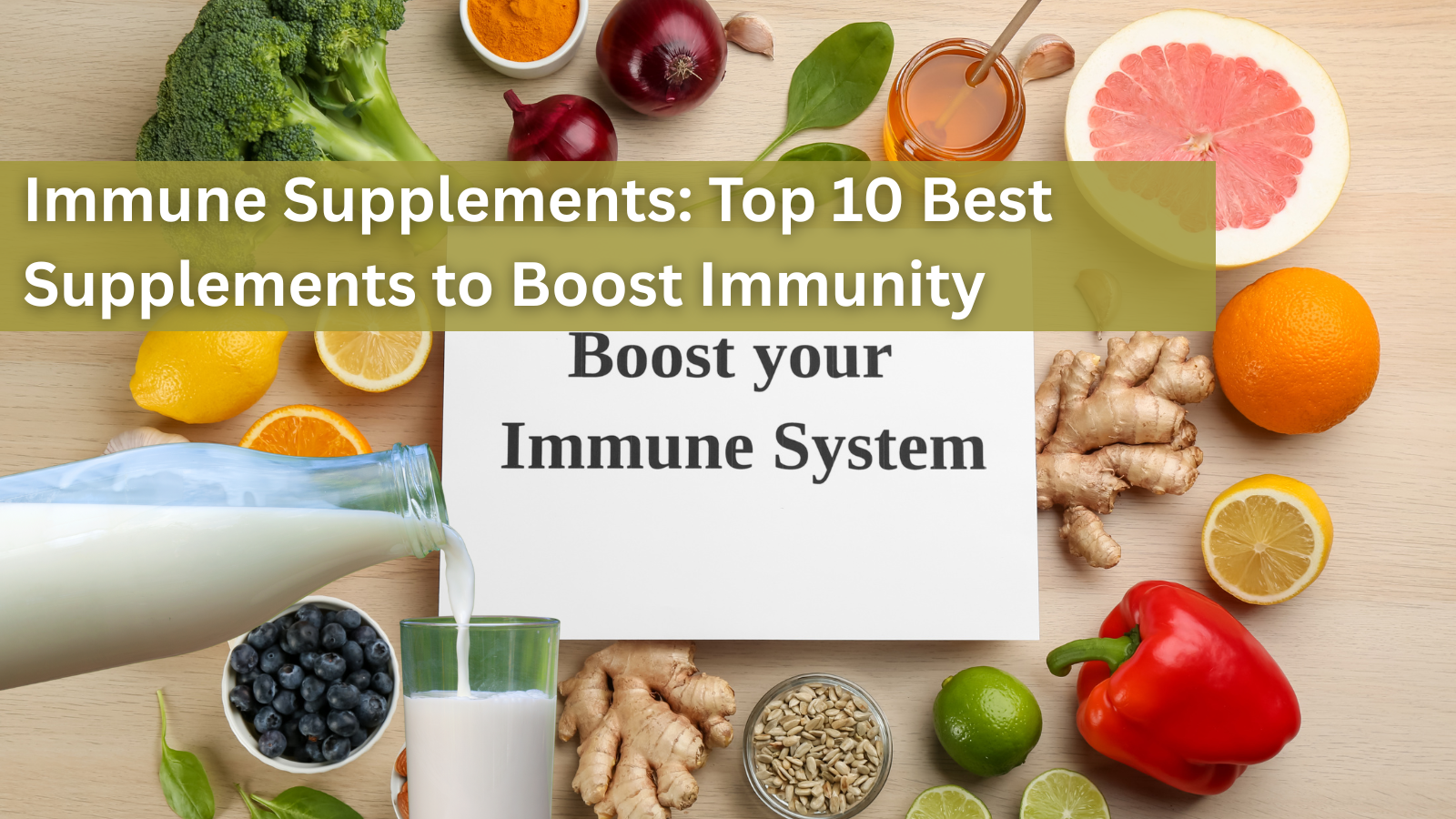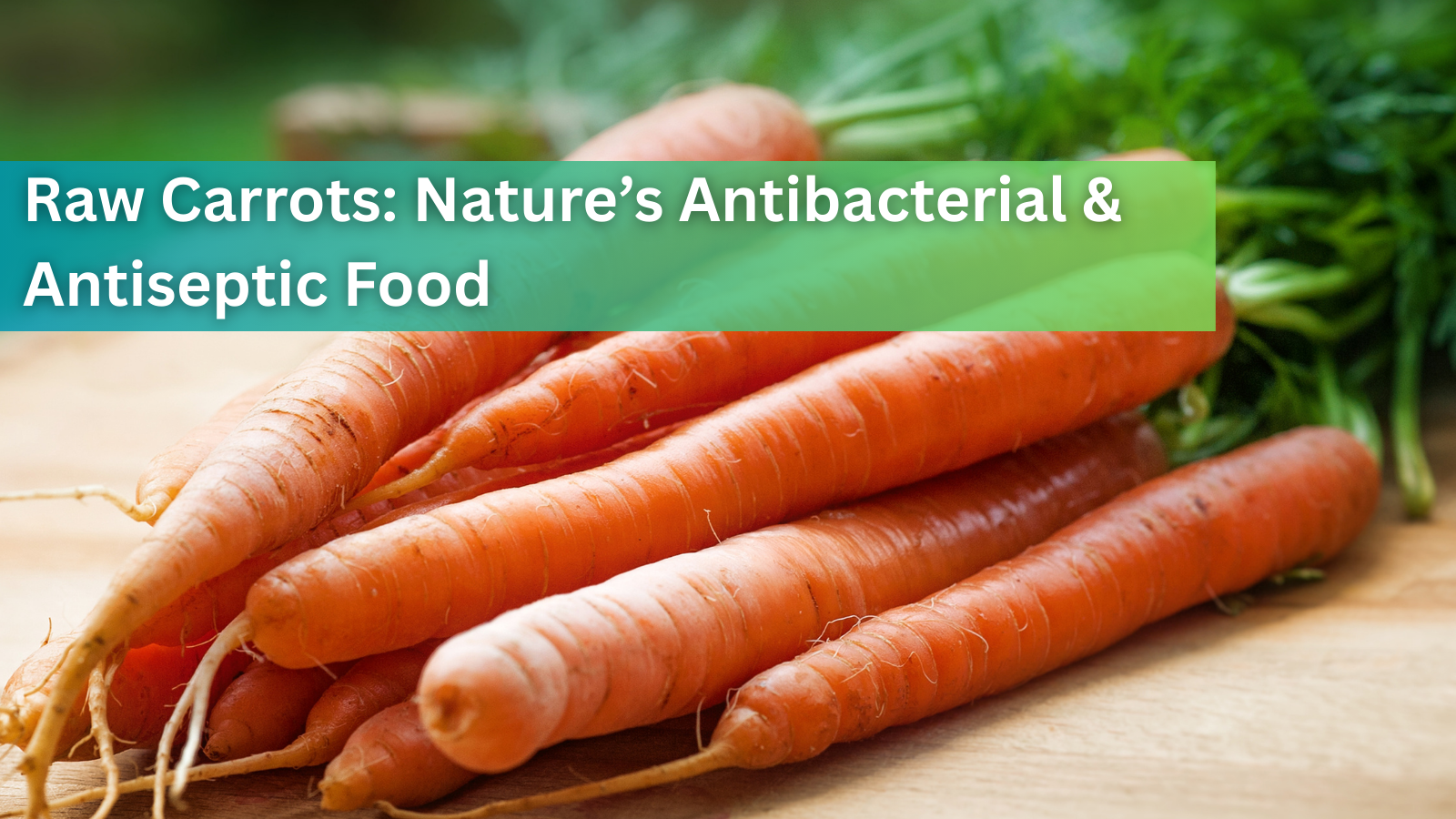What is the Difference Between Good and Bad Fats?

Differences Between Good and Bad Fats
When it comes to fats, not all are created equal. In the realm of nutrition, fats are often categorized into two main groups: good fats and bad fats. Understanding the distinction between them is crucial for making informed dietary choices that can significantly impact our health.
Good fats, also known as healthy fats or unsaturated fats, include monounsaturated and some types of polyunsaturated fatty acids, such as Omega-3. These types of fats are mostly found in plant-based foods and some types of fish.
Monounsaturated Fats
Monounsaturated fats have been shown to improve cholesterol levels by lowering LDL (bad) cholesterol and raising HDL (good) cholesterol. Foods rich in monounsaturated fats include olive oil, canola oil, avocado, nuts, and seeds.
Polyunsaturated Fats
Polyunsaturated fats contain essential fatty acids, including omega-3 and omega-6, which our bodies cannot produce on their own. These types of fats are vital for brain function, regulating inflammation, and maintaining healthy skin and hair. Omega-3s can be found in fatty fish such as salmon, sardines, and mackerel, while omega-6s are abundant in plant-based oils like soybean oil and corn oil.
Benefits of Good Fats
- Heart Health: Consuming good fats in moderation can help lower bad cholesterol levels, reducing the risk of heart disease.
- Brain Function: Good fats play a vital role in brain function and development, supporting cognitive function.
- Weight Management: Contrary to popular belief, good fats can aid in weight management by promoting satiety and keeping you feeling full longer.
What are Bad Fats?
Bad fats, also known as unhealthy fats or trans fats, have been linked to an increased risk of heart disease and other health issues. They are typically solid at room temperature and are commonly found in animal products such as red meat, vegetable shortening, and overcooked food. Hydrogenated oils are the worst, and are found in processed goods like fried foods, pastries, and packaged snacks. Consuming too much bad fat can lead to heart disease, clogged arteries, and inflammation throughout the body.
Trans fats are considered the worst kind of fat because they not only increase bad cholesterol levels but also decrease good cholesterol levels. These artificial trans fats are created through a process called hydrogenation, which converts liquid oils into solid fats. This process is commonly used to prolong shelf life and improve texture. Trans fats can be found in many fast-food items, frozen meals, and baked goods. It is important to avoid or limit your intake of these unhealthy fats as much as possible.
Risks of Bad Fats
- Heart Disease: High intake of saturated and trans fats can raise LDL (bad) cholesterol levels, increasing the risk of cardiovascular diseases.
- Inflammation: Bad fats can trigger inflammation in the body, leading to various health issues such as arthritis and diabetes.
- Weight Gain: Consuming foods high in bad fats can contribute to weight gain and obesity if not balanced with healthier dietary choices.
Striking a Balance
While it's essential to limit our intake of bad fats, completely eliminating fats from our diet is not the solution. Instead, focus on incorporating more good fats into your meals while being mindful of your consumption of bad fats. Opt for cooking methods like baking, steaming, or grilling over frying to reduce the intake of unhealthy fats.
Most fats from seed oils are easily oxidized at low temperatures, and are even partially oxidized before being opened due to lax manufacturing processes and high temperature extraction methods. Common oils like Canola are made from GMO crops, and also contain residues of pesticides and glyphosate, which has been linked to cancer (1). As noted by one environmental scientist, “Independent research has investigated this issue and found that glyphosate-tolerant plants accumulate glyphosate residues at unexpected high levels.” Glyphosate has been found to be associated with liver toxicity, nonalcoholic fatty liver disease, disruption of sulfur metabolism and glutathione production, endocrine disruption, and hypothyroidism. Companies like Panera Bread, Quaker Oats, and Bob’s Red Mill, have been prosecuted for glyphosate contamination. All major orange juice brands also had high levels. Unfortunately, the FDA has increased the safety limit over 20 times what it was originally.
Tips for a Healthy Fat Intake
Removing seed oils, GMOs and other high-glyphosate products like wine, can help the body detoxify glyphosate naturally. Good supplements for supporting liver detoxification are NAC and glutathione.
And since glyphosate destroy gut microflora, it is important to consume probiotics daily, either from yogurt, fermented vegetables, or a suppliment. We reccomend the probiotic company Custom Probiotics, which provides a wide variety of strains, and the ability to customize your specifc combination of strains in powdered form.
Avoid: All seeds oils, such as cottonseed, corn oil, peanut oil, safflower oil, and even soybean and sunflower when they are non-organic and refined.
Increase: Uptake of Omega-3 fatty acids, omega-9 like GLA, and healthy saturated fats like Ghee and coconut oil.
Reversing the ratio of omega-6 to omega-3 fats can be easily accomplished by supplementing with a high quality fish oil. Dr. Clark’s fish oil contains the proper ratio of DHA and EPA, in a highly pure and absorbable form.
Dr. Clark’s Icelandic Fish Oil – 1000mg x80 (245mg of EPA and 172mg of DHA) per capsule
Resources
Cuhra, M. Review of GMO safety assessment studies: glyphosate residues in Roundup Ready crops is an ignored issue. Environ Sci Eur 27, 20 (2015). https://doi.org/10.1186/s12302-015-0052-7

September 27, 2025
Immune Supplements: Top 10 Best Supplements to Boost Immunity
Are you looking for effective ways to enhance your body’s natural defense? Immune supplements have become popular choices to support the immune system booster function, especially in times of increased illness risk. With so many products...
Read more
September 27, 2025
Cell Phone and WiFi Safety: How to Prevent and Treat EMF Damage and Electrosensitivity
Electrohypersensitivity (EHS), often called electrosensitivity, has been a polarizing and increasingly relevant issue over the past decade and a half. Since the number of people identifying with these symptoms continues to grow exponent...
Read more
September 27, 2025
Raw Carrots: Nature’s Antibacterial & Antiseptic Food
For most of us, carrots are simply a crunchy snack or a source of vitamin A. But according to researcher Ray Peat, PhD, raw carrots offer something more unusual: they act as a kind of natural antiseptic inside the gut, helping to contro...
Read more




Leave a comment